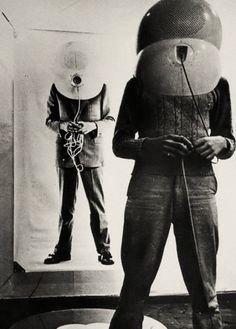I am a horrible person who doesn’t give a crap about Back to the Future Day, or more broadly speaking, most of our culture. What can I tell you?
On this oh-so-sacred day, The Conversation invited a number of thinkers to imagine life in 2045. One recurrent theme in the responses is that everything will be a computer and the experience will be seamless.
It’s likely the Internet of Things becomes the thing and the concept of computers changes radically. I’ll bet against that reality being seamless in three decades, however, not just because I think a lack of friction can be soporific and dangerous, but because things seldom are without wrinkles.
Excerpts follow from two of the predictions.
__________________________
Michael Cowling
Senior Lecturer & Discipline Leader, Mobile Computing & Applications, CQUniversity AustraliaBy the year 2045, the word “computer” will be a relic of the past, because computers as we know them will be built so seamlessly into every facet of our lives that we won’t even notice them anymore.
Every device around us will become a possible input and output device for us to access a seamless computing experience customised to our own particular needs, and fed from our own personal repository of information stored privately and securely in what we today call the “cloud”, but in the world of 2045 might simply be our digital essence.
It’s hard for us to imagine it now, surrounded by individual devices like our phone, tablet and laptop that each require separate configuration, but by 2045 those devices will be much less important, and we will be able to move away from these individual “personal” devices towards a much more ubiquitous digital existence.
__________________________
Justin Zobel
Head, Department of Computing & Information Systems, University of MelbourneInterfaces will have become seamless by 2045 and are accessed continuously through familiar, unconscious actions.
During your morning run, body radar triggers a gentle vibration against your skin; someone is approaching around a blind corner.
In the kitchen, active contact lenses create the illusion that your friend is with you, by generating an image and overlaying it on the room. The image is stable, no matter how your head and eyes move. In conversation, she is present but also thousands of kilometres away.
At your desk, the contact lenses create the illusion of a screen in front of you. Its actions are controlled by finger gestures, while your rapid, subtle muscle movements are interpreted as a stream of text to be captured in an email.•
Tags: Justin Zobel, Michael Cowling

